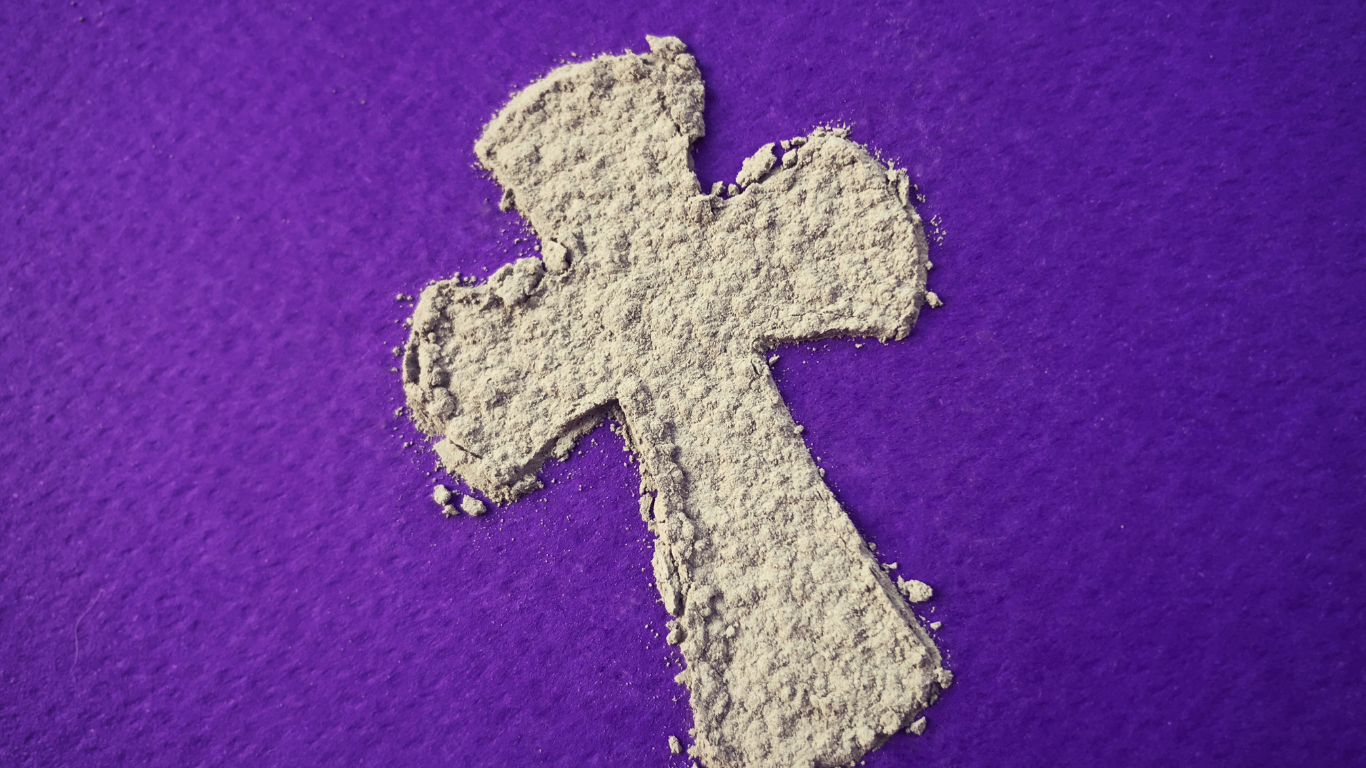News
Demystifying Lent: Lent and Liturgy, Part One
March 6, 2023

Written By: Rev. H. Ashley Hall, Ph.D.
For this season of Lent, I’ve been invited to offer a four-part series entitled, “Demystifying Lent,” with reflection on some of our Lenten discipline and the role that the season of Lent has in the Christian life. Let’s begin this first week by reflecting on where Lent fits within the liturgical calendar and the origins of some of our pious practices during this season. Future topics include: Lent and Creation, Lent and Law, and Lent and Easter.
The liturgical cycle is attuned to the life and teachings of Jesus. In that cycle, Lent is a forty-day period (excluding Sundays) of intentional preparation for the Season of Easter. The liturgical season begins on Ash Wednesday and concludes at the Easter Vigil. The word “Lent” is perhaps an odd choice, since its origin in Old English (“long,” perhaps referring to the lengthening days of spring) indicates the time of year of the observance but not its meaning. The “churchy” Latin way of referring to this season (Quadragesima) indicates its length of forty days. Our German and Norwegian ancestors were more explicit: this is “fasting season.”
Why forty days and why fasting? An old Lenten hymn lays it all out. “The Glory of These Forty Days” (ELW 320), notes that “Christ, through whom all things were made, himself has fasted and has prayed” (Matthew 4:1-11). The hymn continues by enumerating the biblical foundation for fasting, referring to Moses, Daniel, Elijah, and John the Baptist. The hymn concludes with the prayer that, by imitating these saints, God would also “strengthen our spirits with your grace and give us joy to see your face.” As we’ll discuss in a future reflection, it isn’t hunger itself that brings us closer to God. Rather, the intentionality we bring to setting aside (for a time) certain physical goods and comforts brings us to contemplate the prior goodness of God in all realities.
Most important, though: Lent is all about the Sacrament of Baptism. Two historical realities in the early Church help us contextualize our observation of Lent today: when baptisms were offered and the prevalence of adult baptisms. First, quite in contrast to our practice today, baptisms were generally offered twice a year: at the Easter Vigil (so that those baptized into his death would likewise rise with Christ) and the Feast of the Epiphany (the revelation of Jesus to the Gentiles). Second, while infant baptism was not unknown, most people were coming to Christianity as an adult with no prior foundation in the faith. Thus, an extended time was set aside so that those being baptized could intentionally prepare for the new way of life they were embracing. These catechumens (as “one being taught”) were expected to study the Bible and memorize basic Christian teaching (often in the form of a creed). Finally, forty days before their baptism, they marked the final stage of preparation with greater prayer and fasting. As an act of solidarity with the catechumens, the whole Church was invited to a time of prayer and fasting, so that the Easter Vigil (or Epiphany) would be a joyful remembrance of their own baptism into Christ.
May we too, once again in solidarity with Christians around the world and in continuity with the living faith of prior generations, embrace the season of Lent with an intentional “return” to the foundational promise we received in our baptism through the prior (and everlasting) goodness of the Father, Son, and Holy Spirit!